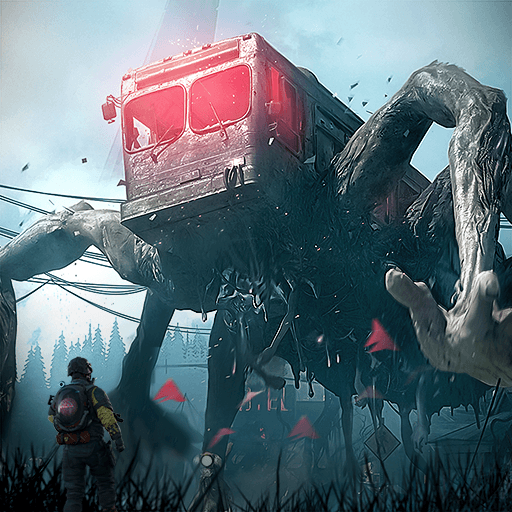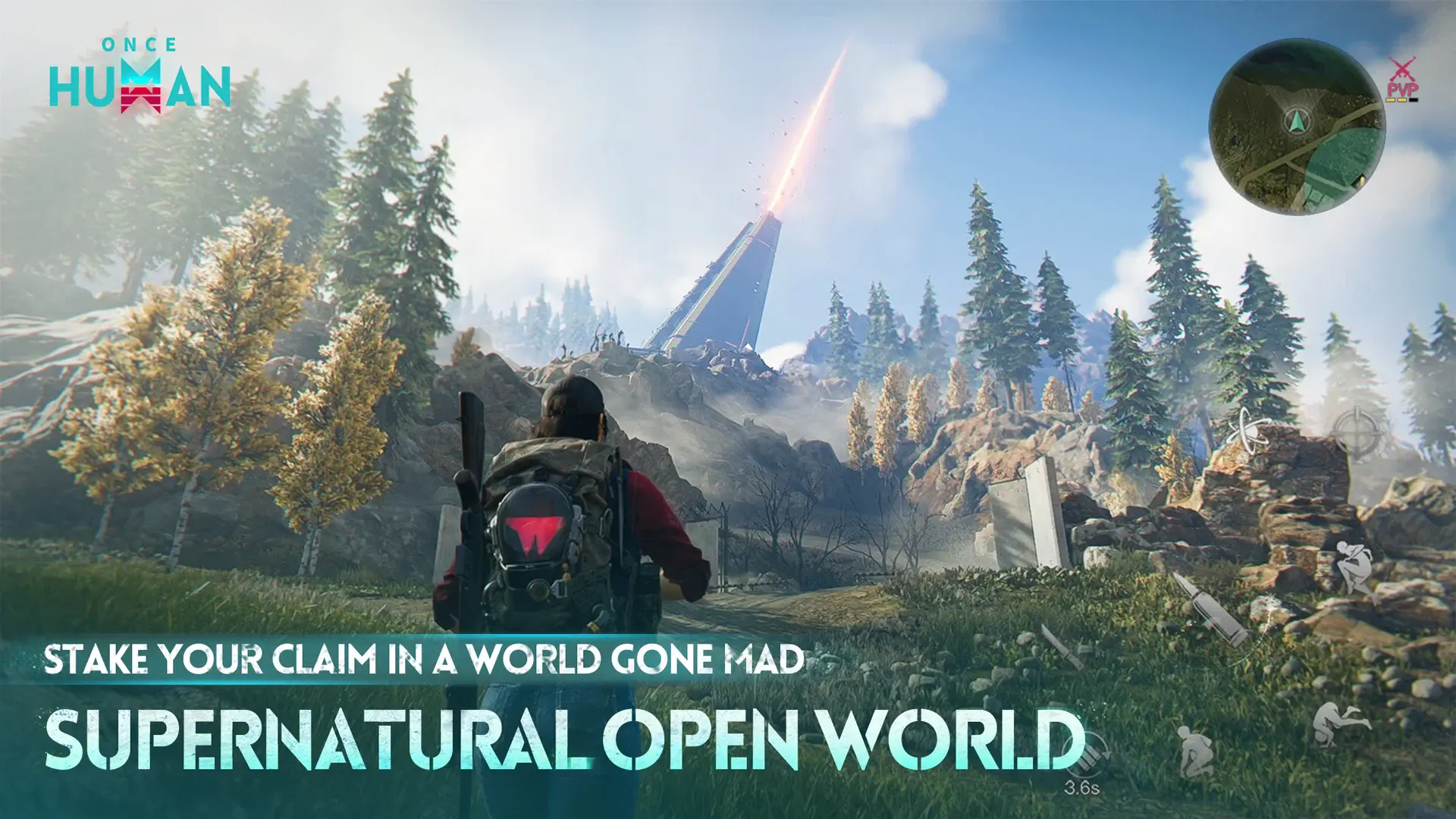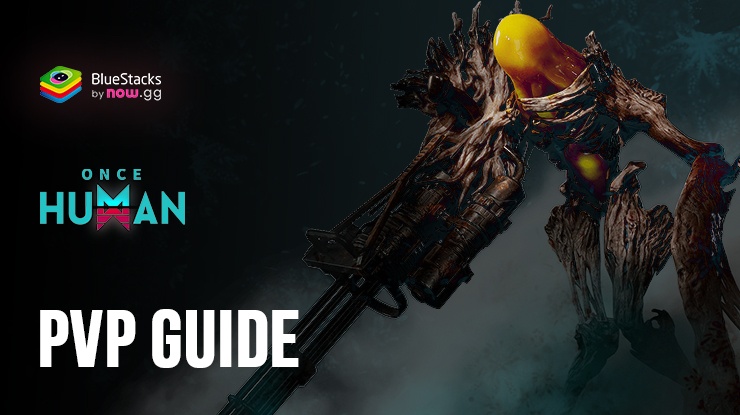Once Human: Comprehensive Resources Guide

Resources are the backbone of survival in Once Human. From constructing shelters to crafting weapons, everything depends on how well players gather and manage resources. The game features a variety of materials, each serving different functions such as base-building, combat preparation, and character sustenance. Efficient resource management is key to ensuring long-term survival and progression in this post-apocalyptic world. Understanding the different types of resources, how to obtain them, and the best ways to use them will give players a significant advantage.
For an in-depth look at how to survive in Once Human, you can refer to the Once Human Survival Guide, which covers critical survival mechanics, including combat strategies and exploration tips.

Types of Resources in Once Human
Natural Resources
Natural resources are materials that can be gathered directly from the environment. Wood is one of the most essential materials, primarily used for building and crafting tools. Trees and fallen logs are the main sources of wood, and players will need a steady supply for upgrading their base and crafting essential survival items. Stone is another key resource, required for constructing durable structures and crafting stronger weapons. Large boulders and rocky areas are the best places to mine stone.
Metals, such as tin and iron, are crucial for advanced crafting. They are usually found in ore deposits and need to be refined before use. Plants are also important, as they provide food, medicinal herbs, and crafting materials. Some plants can be grown in player settlements for a sustainable supply.
Processed and Crafted Materials
Some resources require refining before they can be used effectively. Sintered bricks, refined parts, and fireproof plastic are examples of materials that are crafted from basic resources. These materials are necessary for advanced base-building, crafting stronger weapons, and creating high-tech items. To obtain these, players must refine raw materials at crafting stations, making it important to set up an efficient production system. For players who are just getting started with crafting and gathering, the Once Human Beginner’s Guide provides essential tips on how to manage resources early in the game.

Consumables: Food, Water, and Medicine
Survival depends on maintaining health and stamina, which makes food and water essential resources. Players must hunt, fish, and gather edible plants to keep their character well-fed. Water sources must be purified before drinking to avoid illness. In addition to food and water, medicine is needed to heal injuries and cure diseases. Certain herbs and crafted medical kits can restore health and prevent infections.
Sanity is another critical factor in Once Human. If the player’s mental state deteriorates, it can lead to severe consequences. Sanity-restorative items, such as certain consumables or rest mechanisms, help keep the character mentally stable, especially when encountering disturbing environments or hostile creatures.
Energy Resources and Currency
Energy Links are one of the most valuable resources in Once Human. They are used for fast travel and powering certain abilities or structures. Since they are limited, players must manage their use carefully. Some structures and technology upgrades also require energy-based materials, making them a key part of progression.
How to Acquire Resources Efficiently
Foraging and Scavenging
Exploring the world allows players to gather food, plants, and other essential materials. Certain plants and fruits provide nutrition, while others serve as crafting components for medicine or energy-related items. Scavenging abandoned buildings and ruins can yield valuable materials, including scrap metal, tools, and rare items.
Mining and Logging
Mining stone and metal ores is crucial for crafting and construction. Players need to locate ore-rich areas and use the appropriate tools to extract resources efficiently. Logging is equally important, as wood is required for nearly every aspect of base-building and crafting. The right tools, such as axes and pickaxes, improve collection efficiency and help gather resources faster.
Crafting and Refining
Many raw materials must be processed into more advanced components before they become useful. Crafting stations allow players to refine ore into metal, wood into planks, and raw herbs into medicine. Managing these crafting stations efficiently ensures that resources are always available when needed.

Combat and Looting
Fighting enemies can also yield valuable resources. Defeating certain creatures or enemy factions may reward players with rare crafting materials, weapons, or consumables. Boss fights, in particular, can drop unique resources that are otherwise difficult to obtain. Looting enemy camps and destroyed settlements can also provide materials such as ammunition, armor, and survival gear.
Resource Management Strategies
Inventory and Storage Optimization
Managing inventory effectively is crucial for survival. Carrying too many unnecessary items slows down movement and limits the ability to collect more valuable resources. Organizing storage within a base ensures that materials are easily accessible when needed. Having separate storage units for different resource types, such as food, construction materials, and weapons, helps streamline crafting and preparation.
Balancing Gathering and Consumption
A key survival strategy is maintaining a balance between gathering resources and using them wisely. Stockpiling essential materials such as wood, stone, and food ensures that players do not run out during critical situations. It is important to monitor resource consumption and avoid wasting materials on unnecessary items.

Prioritizing Rare and High-Value Resources
Some materials are more difficult to find and require special efforts to obtain. Rare ores, high-tech components, and unique crafting materials should be prioritized when exploring new areas. These resources are often required for crafting advanced weapons, armor, and base upgrades. Keeping an eye on the in-game map and planning resource collection routes can maximize efficiency.
Advanced Resource Utilization
Upgrading Tools for Better Efficiency
Using basic tools can slow down resource gathering. Upgrading to advanced axes, pickaxes, and harvesting tools increases the amount of materials collected per action. Higher-tier tools also allow players to gather rare materials that may not be accessible with basic equipment.
Automation and Sustainable Resource Production
As players progress, setting up automated resource production becomes possible. Establishing farming areas for food, renewable wood sources, and crafting stations for continuous production ensures a steady supply of materials. Investing in these systems reduces the need for constant manual gathering.
Trading and Bartering
Trading with NPCs or other players can be a viable way to obtain resources that are difficult to find. Some settlements may offer valuable goods in exchange for common materials. Understanding the in-game economy and knowing when to trade can help players acquire essential items without extensive scavenging.
Resource management is a fundamental aspect of Once Human. From gathering natural materials to refining advanced components, players must develop efficient strategies to ensure survival. Exploring the environment, mining and logging efficiently, crafting necessary items, and managing inventory effectively are all crucial to maintaining a steady supply of essential resources. By mastering these techniques, players can build stronger bases, craft powerful weapons, and sustain their characters through the game’s toughest challenges. For the best gaming experience, try playing Once Human on BlueStacks, which offers a bigger screen and smoother gameplay.
















